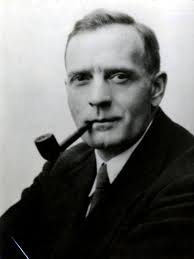
A BIG BANG SINGULARITY
Astronomer Edwin Hubble created a constant that would reflect the “rate or expansion” of the universe. If we play that movie of the universe’s expansion in reverse, it takes us back to a beginning when the original big bang actually occurred, all the way back to zero space, just nothing at all.
Cambridge astronomer Fred Hoyle made this last point very clear when he said the universe was “shrunk down to nothing at all.”
Fred Hoyle, Astronomy and Cosmology (San Francisco: W.H. Freeman, 1975), p, 658.
Oxford philosopher Anthony Kenny states, “A proponent of the [Big Bang] theory, at least if he is an atheist, must believe that . . . the universe came from nothing and by nothing.”
Anthony Kenny, The Five Ways: St. Thomas Aquinas’ Proofs of God’s Existence (New York: Schocken Books, 1969), p. 66.
Following that movie of the earth’s expansion in reverse, we reach an edge or point beyond which the universe couldn’t have existed. That is a called a “singularity.” Any universe that is expanding, at one time in the past, had a beginning or a singularity.
PENROSE-HAWKING SINGULARITY THEOREM
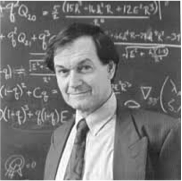
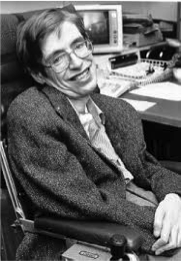
By 1970, physicists Roger Penrose and Stephen Hawking had used Einstein’s field equations for the theory of general relativity to develop the Penrose-Hawking singularity theorem, which proved that the entire universe all goes back to a singularity, a point beyond which there was no space, no time, no matter and no energy. A finite beginning.
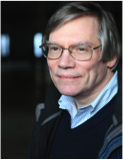
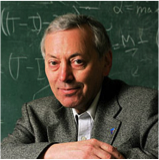
BORDE-GUTH-VALENKIN SINGULARITY THEOREM (BGV THEOREM)
In 2003, cosmologists Arvind Borde (“bord”), Alan Guth (“gooth”) and Alex Vilenkin (“vuh-LENK-in”) published their “BGV singularity theorem,” which proved the following:
“Any universe which has, on average, been expanding throughout its history CANNOT be eternal in the past, but MUST have an absolute beginning.” (Guth and Valenkin are pictured above.)
As part of the BGV theorem, the three scientists made it very clear that this principle MUST also apply to a “multiverse,” if there is such a thing.
Cosmologist Alexander Vilenkin describes the implications of this new BGV singularity theorem:
“With the proof now in place, cosmologists can no longer hide behind a past-eternal universe. There is no escape, they have to face the problem of a cosmic beginning.”
Alexander Vilenkin, Many Worlds in One: The Search for Other Universes (New York: Hill and Wang, 2006), 176.

